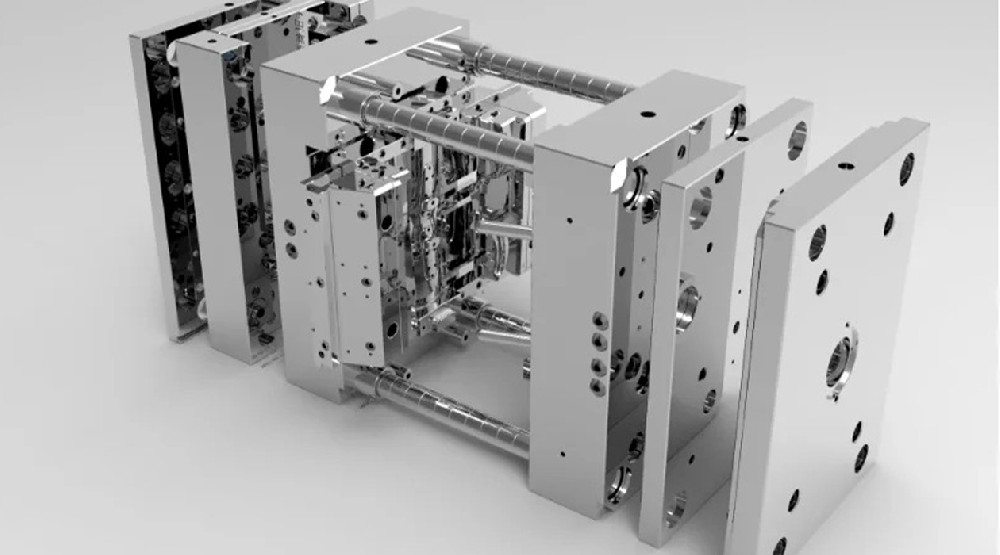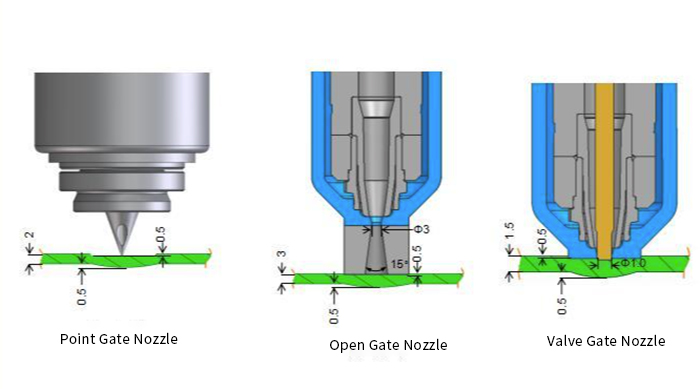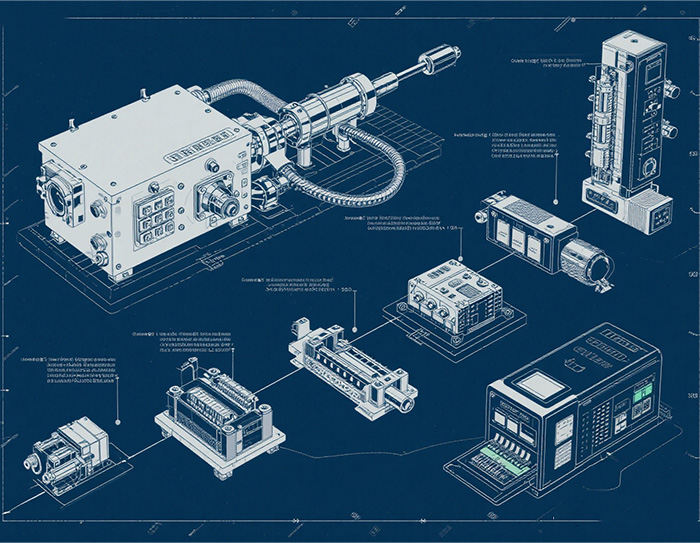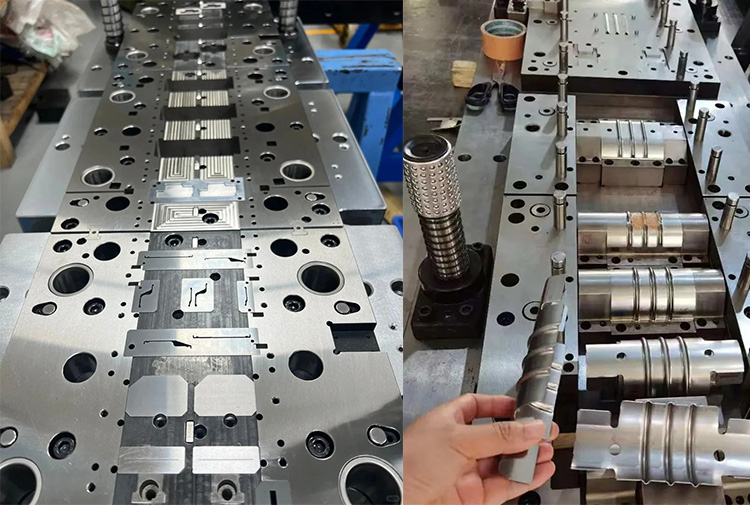In modern injection molding, temperature stability is one of the most critical factors that determin...
What Plastics Are Used For Handles — And Which Injection Molding Process Is Used?
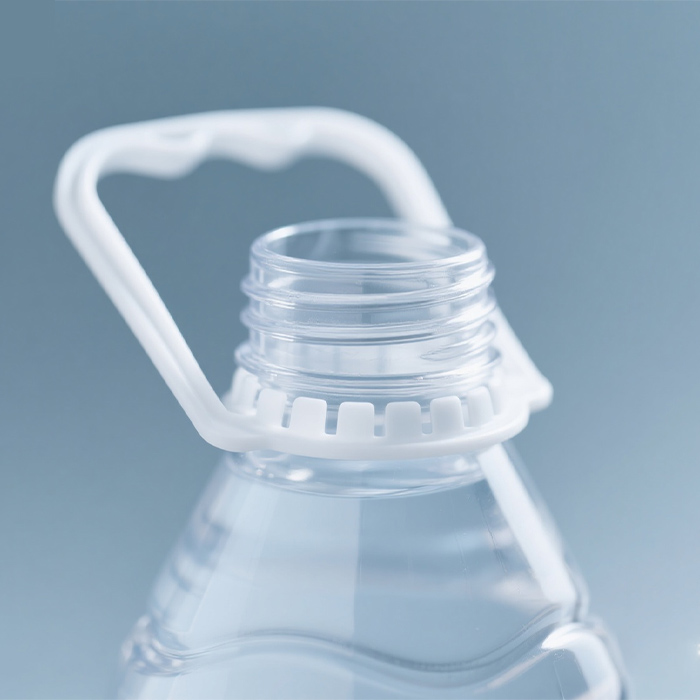
As injection-molding engineers, when we design a handle part, we need to answer two key questions early:
Which polymer/resin should I pick?
Which molding process will deliver the part reliably, cost-effectively, and at the needed performance?
This article walks through both questions, offering guidance from a technical molding viewpoint.
Material selection for handles
Handles often must combine mechanical strength (grip, torque, repeated use), good surface finish (appearance, texture, grip feel), and sometimes soft touch or dual-material zones. Below are some common plastic choices and when to use them.
ABS (Acrylonitrile Butadiene Styrene):
A favorite for cosmetic handles and moderate mechanical loads. According to material-selection guides, ABS is a commonly used thermoplastic for injection molding, offering good impact resistance and surface finish.
Use case: indoor appliance handle, furniture pull, where appearance matters and loads are moderate.
POM / Acetal (Polyoxymethylene):
For higher mechanical demands: stiffness, low wear, and sliding components. The guide from Protolabs lists POM as “tough, stiff, hard, and strong”, suitable for things like door handles or lock systems.
Use case: a tool handle, an industrial machine handle that gets repeated torque, sliding interactions, or wear.
PP (Polypropylene):
Lower cost, lightweight. The general injection-mold material list includes PP as one of the top choices.
Use case: economy handle, perhaps non‐critical part with light loads and cost constraints.
PC (Polycarbonate) / Nylon (PA) / Glass-filled blends:
If the handle must take heavy impact, high temperature, chemical resistance, consider PC or glass-filled nylon. The list of common materials includes nylon (PA) and PC.
Use case: industrial equipment handle, heavy‐duty power tool.
TPE/TPU (Thermoplastic Elastomer / Thermoplastic Polyurethane) – soft‐touch zones:
If the handle needs a soft grip or ergonomic covering, TPE or TPU is used as overmolded layer. For example, the overmolding article states that “overmolding … is a process used to manufacture plastic parts with two or more materials… you’ll often find this on parts to improve grip by adding rubber to the handle.”
Use case: consumer handheld, ergonomic grip where the outer layer is soft and the inner core is rigid.
Selection summary:
Cosmetic & moderate load → ABS or PP
High load / wear → POM or glass‐filled nylon
Soft‐touch or dual‐material grip → Rigid substrate + TPE overmold
Extreme conditions → PC or specialty engineering resin
Injection-molding processes are used for handles
Once material is selected, process choice dictates tooling complexity, cycle time, cost, and product functionality. Common process options for handles are:
Conventional single-shot injection molding:
The simplest: a single resin shot into a mould, cool, eject. Best when handle is single material, no inserts, no soft‐touch layers.
According to molding fundamentals, “thermoplastic injection molding is the most common type of molding” for parts like this.
Use when the part is simple and the cost/volume supports standard tooling.
Insert molding:
Involves placing a pre‐formed insert (often metal, maybe threaded boss) into the cavity, then injecting plastic to encapsulate or bond with it.
For handles that must have metal bosses, bearings, or structural reinforcement, this process is very common. According to an article, “Insert molding begins when a pre-fabricated, pre-formed, or previously molded insert is placed inside the injection mold… then molten plastic is injected.”
Use case: handle with embedded metal rod or reinforcement.
Overmolding / Two-shot molding (Multi‐material):
When a handle needs a dual-material construction (rigid core + soft grip), overmolding or two-shot injection is used.
Explanation: “Overmolding is a multi-step injection molding process where two or more components are molded over top of one another… Overmolding is commonly used to manufacture plastic parts that feature a rubber handle.”
Two‐shot: the machine has two barrels or two injections in one mould.
Use case: ergonomic grip handles, color accents, soft touch surfaces.
Hybrid/Combination processes:
Many handles may combine both insert molding and overmolding: e.g., metal insert + rigid plastic core + soft TPE layer.
The article on insert vs overmolding mentions that both processes reduce assembly and improve part integrity.
Use case: premium tool handle with embedded metal, rigid plastic and soft grip.
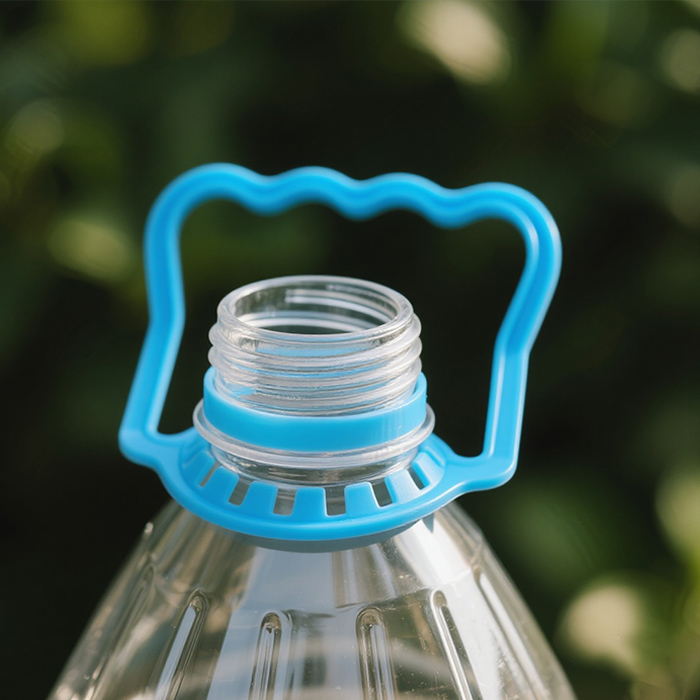
From material & process to engineering decisions
As injection‐molding engineers, we need to integrate material & process early:
Tooling & cost trade‐off: Insert or overmolding adds complexity and cost. For low volumes, maybe stick to conventional molding with separate soft grip assembly.
Mould design: For insert molding,g you need pockets, insert stops, reliable placement, maybe automation. For overmolding, you need a mould that supports two materials and good bond between them.
Material compatibility: If doing overmolding, ensure substrate and overmold materials bond or have mechanical interlock.
Cycle time: Multi‐material or insert molding may increase cycle time (insert placement, second shot, etc).
Quality & reliability: Insert & overmolding reduce post‐assembly but require tighter control on defect modes (delamination for overmold, insert shifting for insert mould).
DFM considerations: Uniform wall thickness, avoiding sink/warp, proper gating, runners/hot runners for optimal fill, especially with engineered resins.
Function vs cost: A high‐performance resin/process may not be justified unless the handle truly demands it (load, environment, user experience).
Conclusion
For handles, choose your plastic by balancing appearance, mechanical load, cost, and ergonomics. ABS, PP, POM, nylon, PC, TPE all have roles.
Then, choose your injection-molding process: a simple single-shot process when possible; insert molding when metal or structural features are involved; or overmolding/two-shot molding when soft grips or dual materials are required.
As molding engineers, we must ensure material selection and process choice align with tool design, cycle time, cost and part performance.
By working material + process concurrently, you mitigate surprises in tooling, production, and service life of handles.
